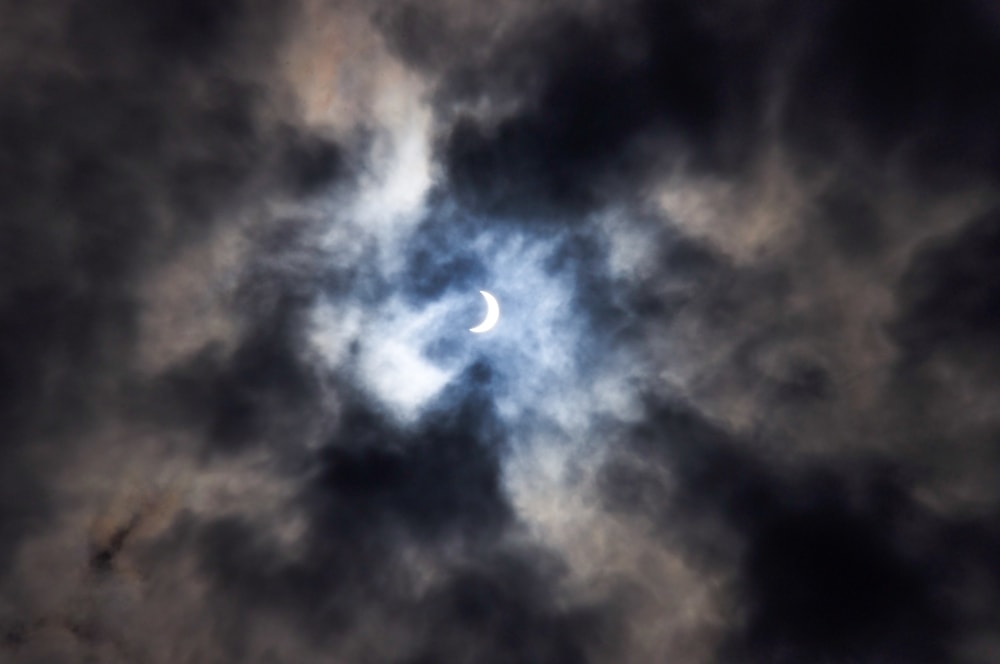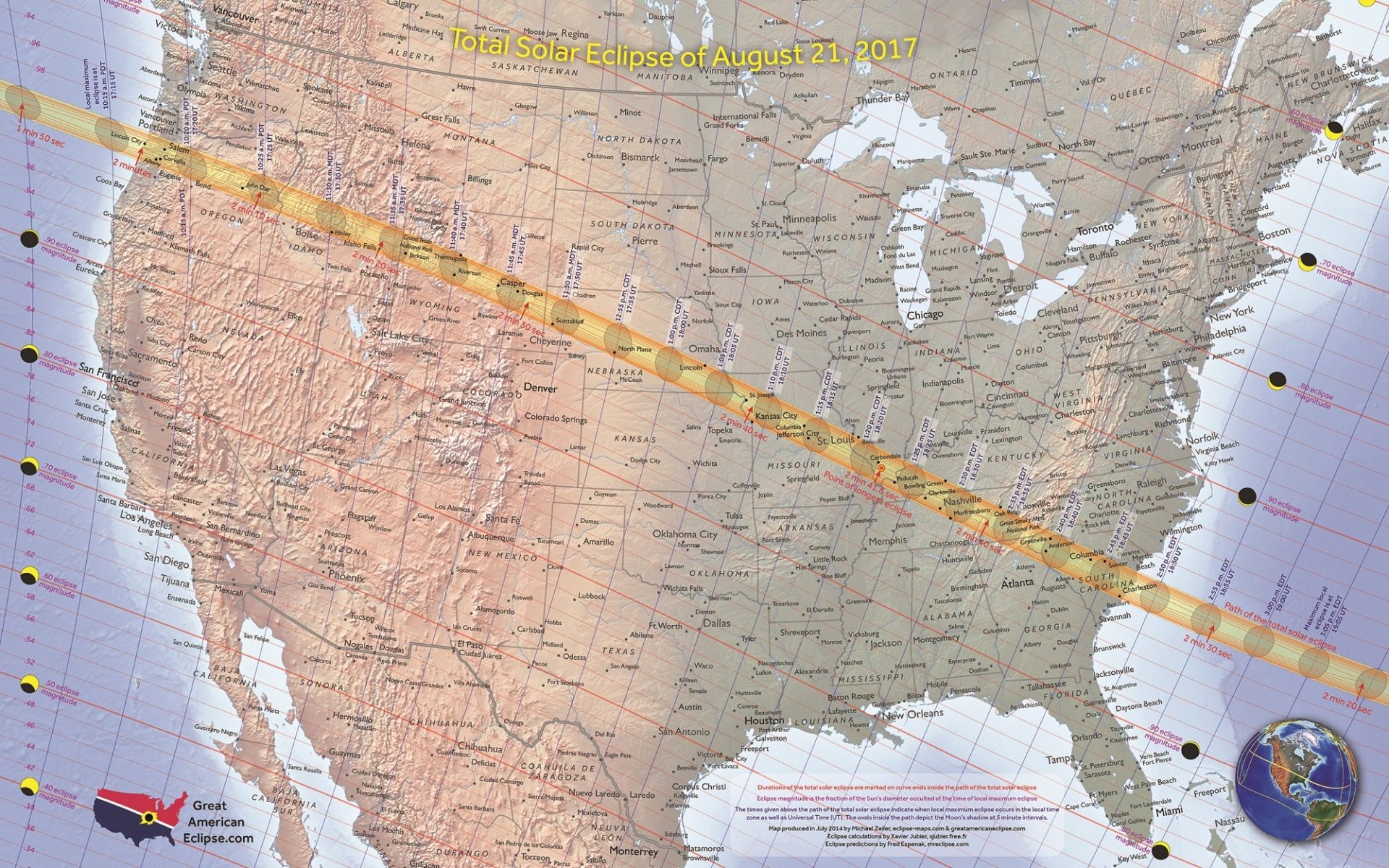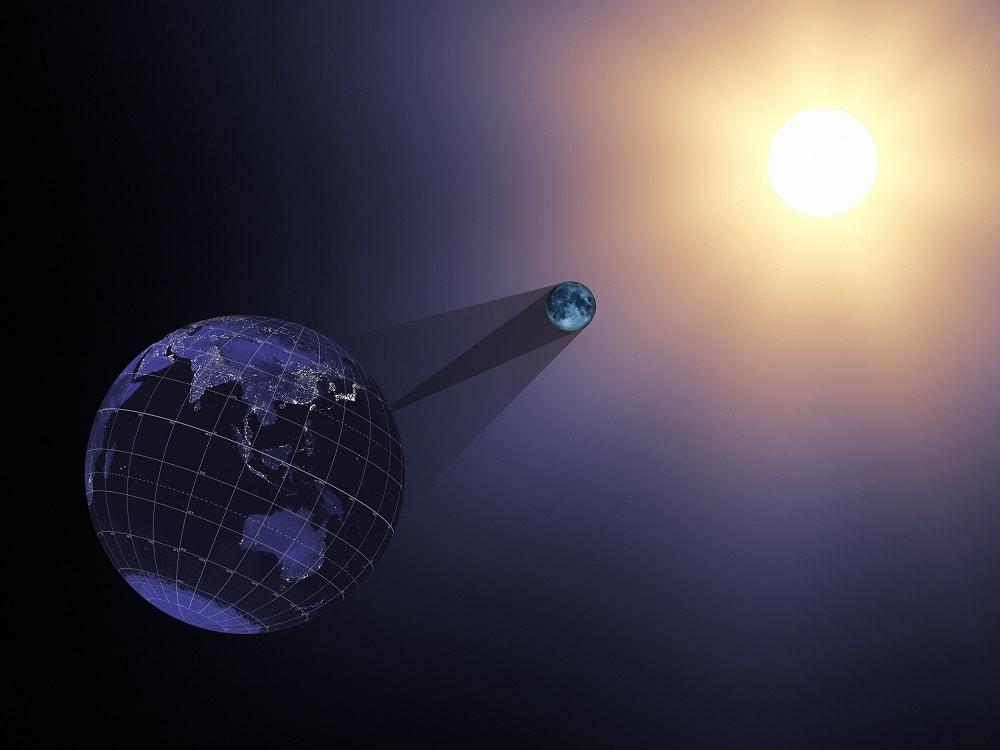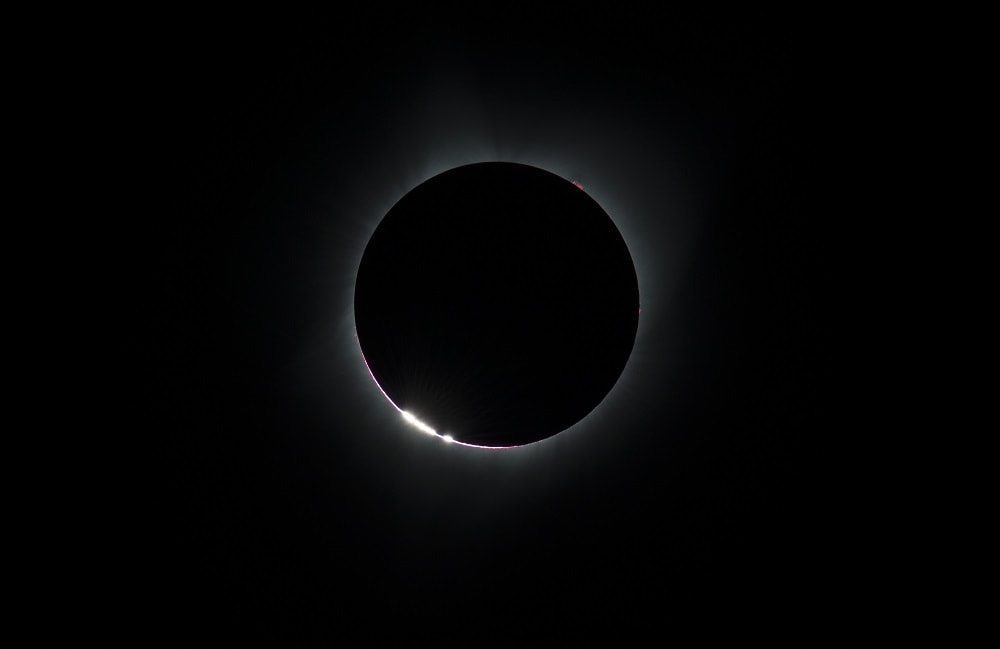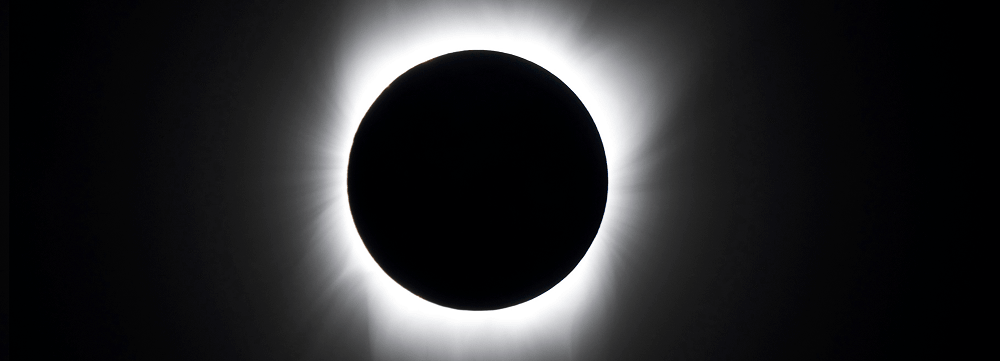One of the great things about astronomy – and science in general – is its precision. The so-called Great American Eclipse, a total solar eclipse that would traverse the entire United States from west to east on 21 August 2017, was therefore a date known far in advance. As for me, a native American living here in KL, I only learned about it just over two years ago, and immediately decided that I would make it a point to be back home visiting on that date.
Of course, as August drew nearer, mainstream media got fully on board and the hype swelled to typical American proportions. With millions of people participating from coast to coast, this eclipse was predicted to be the ‘most shared event in human history’. Now, whether or not that actually held true, I don’t know. But I personally travelled some 15,000km – one-way! – to stand in the shadow of the moon as it blotted out the sun completely, and I can say that the experience utterly lived up to every bit of the hype.
Though a grand and serendipitous array of cosmic coincidences, a total solar eclipse occurs somewhere on our planet roughly every 18 months as the moon comes between the sun and the earth. But, as the world is largely covered by water, many of them occur over oceans – or Antarctica – and the chances of any one place being in the path of a total eclipse is remote: roughly once in 375 years. So saying a total eclipse where you happen to live is a once-in-a-lifetime event is actually a serious understatement. For this reason, people frequently travel to see them.
As for us, we had to drive north about 400km from my home city of Denver, Colorado to get into the centre of the path of the eclipse, so we could enjoy the longest duration of totality. Though Denver was set to experience about 94% coverage, anything less than total is still a partial eclipse – basically the difference between picking five numbers in the lottery and getting all six winning numbers.
We had mapped out a few routes so we would have backups in the event of bad traffic, clouds, or road closures. In the end, our primary route was fine, and we ended up just north of a tiny little town called Mitchell (population 1,669) in extreme western Nebraska, near the Wyoming border. Finally, we saw a turn-off into a large field where perhaps two dozen people had gathered. It looked like as good a place as any. We had clear skies, and it was shortly after 11:00 in the morning. The eclipse had already started, but the beginning of totality wasn’t expected until 11:47. Then, we would have just two and a half precious minutes to take it all in.
We donned our eclipse glasses and looked directly at the sun and saw the orb of the moon as it slid into place, taking a larger and larger bite of the sun. Even as the eclipse neared 95, 96, 97%, it was still much too bright to look at with the naked eye. But still, beyond about 90%, things began to change. The air grew cooler, the birds started flying around looking for places to roost, and the small group of new friends we found ourselves with got more and more excited. One of the guys had devised a rather nice solar projector out of a cardboard box and a few PVC tubes and mirrors, so we could safely look in the box at any time and see a perfect, sharp rendering of the sun’s reflection as the moon moved across it.
And then, at precisely the appointed time, the sun simply winked out of sight. The Bailey’s Beads effect, those last beams of sunlight filtering through the deep valleys and peaks on the lunar surface, lasted just a second or so, and then, with one last flare – the Diamond Ring effect – the impossibly bright ball of fire in the sky was gone, replaced with a pitch-black orb, enrobed with the corona – the glorious, iridescent solar atmosphere – streaming out in all directions. We hastily removed our eclipse glasses and took it all in. Not just the sights, but the entire sensorial experience.
The close-up images here are real, though they look almost computer-generated. However, no photograph you will ever see of a total solar eclipse can convey the reality of being there, because it’s so much more than just a visual event. For my part, since it was my first total eclipse, I followed the advice of veteran eclipse viewers and didn’t waste any of those precious seconds of totality fumbling around with a camera, trying to get a shot of something that would only be the palest impression of the real thing.
They say there is nothing like totality – and they are correct. It is the most incredible celestial experience we can observe from Earth, even more awe-inspiring than the Northern Lights. You simply cannot prepare yourself for the experience. The entire horizon is bathed in sunset colours, the temperature drops noticeably, and the sky grows dark in an instant. Not nighttime dark, and not even quite post-sunset dark. The very quality of the remaining light is otherworldly. It feels alien and wrong and wondrous and awesome all at once. The rules of nature are turned upside-down. Planets and distant stars become visible during totality, and we were easily able to make out Jupiter, Venus, Mars, and Mercury, along with the bright stars Sirius and Regulus.
We excitedly passed around the binoculars, which were sufficiently high-powered to allow us to clearly see the moving halo of the corona and the streaming jets of light and plasma erupting from the sun. All too soon, totality neared its end, and, as the moon inched along its trajectory and a sliver of the sun reappeared, another diamond ring flare erupted, as did a wave of cheers from our assembled group.
I think each person experiences totality in their own unique way. For some, it’s a moving, visceral event, best shared with a cheering crowd. For others, bearing real-time witness to the actual mechanics of our living solar system in motion can inspire a moment to reflect on our small station in the boundless universe. For some, perhaps it’s a spiritual experience, while others may appreciate it more from an intellectual perspective. For all, however, it’s a transcendent moment that ends far too quickly.
I’ve seen a number of celestial events, from meteor showers to comets to lunar eclipses. Once, I was with a group of astronomers who had precisely calculated the split second the light from the setting sun would intersect with the orbiting International Space Station. They helped me to train my eyes to just the right point in the sky, and counted down: three, two, one. And right on cue, there was a mighty, but instantaneous flare as the station’s reflective panels caught the sunlight. That was pretty cool. But nothing – and I mean nothing – comes close to those precious seconds spent in the path of the shadow: the wonderful and mystifying experience of a total solar eclipse.
Future Solar Eclipses
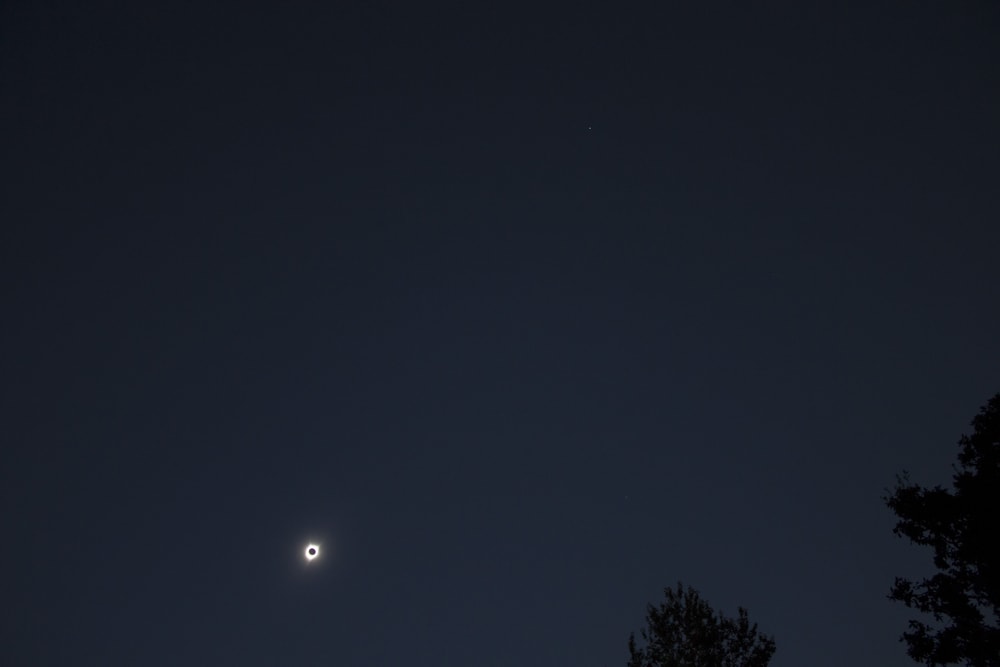
A total solar eclipse is the staging of Earth’s grandest celestial production, and it’s well worth the effort and time to get to one. The last total solar eclipse near Malaysia was 9 March 2016, though here in KL, we only experienced about 80%. The short flight to Palembang, Sumatra, however, would have rewarded viewers with about two minutes of totality.
The world’s next total eclipse of the sun will be on 2 July 2019. Most of the path will be over the South Pacific, but the end of the eclipse will be seen in Chile and Argentina. Amazingly, those same two countries will be treated to another total solar eclipse just 17 months later, falling on 14 December 2020. North America will see another one on 8 April 2024 that will go right through large cities like Dallas, Indianapolis, and Montreal. And if Europe is your cup of tea, make plans to be in Spain on 12 August 2026, as the whole area between Madrid and Barcelona will comprise the path of totality.
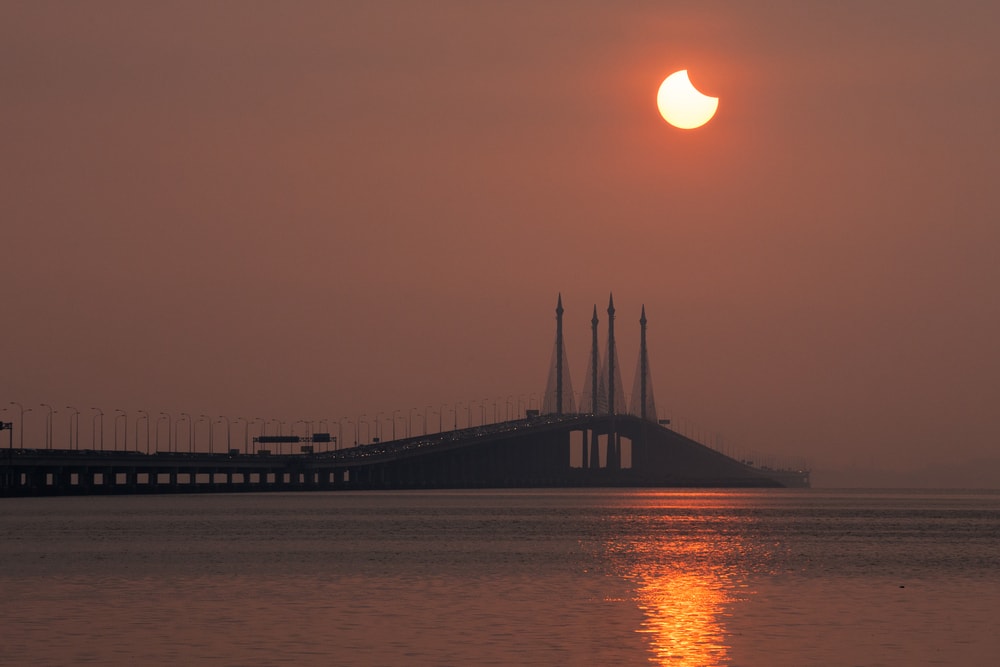
Unfortunately, Peninsular Malaysia will not see any total eclipses for the duration of this century. The upcoming total eclipse nearest to those living in Malaysia will be on 22 July 2028. KL will only enjoy about 54% of totality, but head Down Under for a different story. The exact centreline of totality will go right through Sydney, affording viewers there with nearly four minutes in the shadow. (Australia also gets total eclipses in 2037 and 2038.) Meanwhile, in 2035, a total eclipse path will pass just north of Tokyo on 2 September.
If you want to keep your eclipse flight domestic, however, in less than a quarter-century from now, the northern shores of Sarawak and Sabah – in their entirety – will experience a total solar eclipse on 20 April 2042 as the moon’s shadow sweeps from west to east. Folks in Kuching, Sibu, Bintulu, Miri, Labuan, KK, and more will get up to three and half minutes of totality, with Mount Kinabalu’s summit affording possibly the most stunning eclipse experience.
An outstanding free app for planning your solar eclipse trips is Eclipse Calculator 2, available for Android devices on the Google Play store.
For a quick breakdown on all things eclipses, check out this video by Crash Course on Youtube:
"ExpatGo welcomes and encourages comments, input, and divergent opinions. However, we kindly request that you use suitable language in your comments, and refrain from any sort of personal attack, hate speech, or disparaging rhetoric. Comments not in line with this are subject to removal from the site. "


